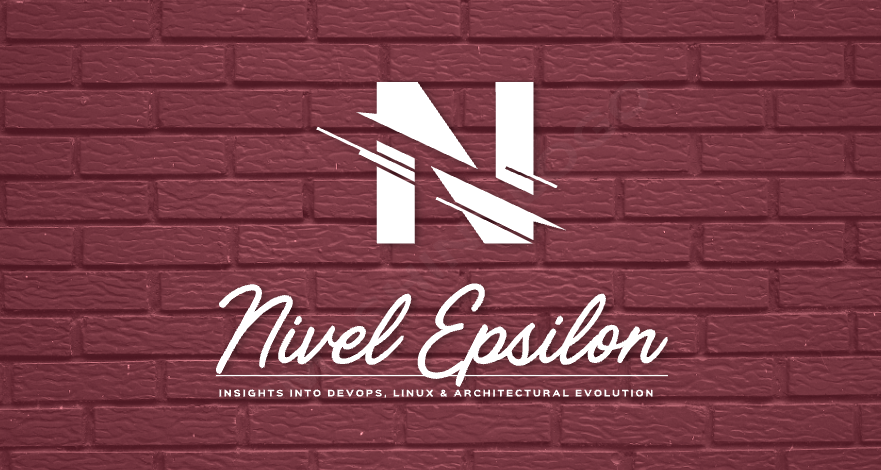
Think about how often we take security for granted. You move into a new apartment and forget to lock the door because nothing bad has ever happened. Then, one day, someone strolls in, helps themselves to your fridge, sits on your couch, and even uses your WiFi. Feels unsettling, right? That’s exactly what happens in AWS when an IAM role is granted far more permissions than it needs, leaving the door wide open for potential security risks.
This is where the principle of least privilege comes in. It’s a fancy way of saying: “Give just enough permissions for the job to get done, and nothing more.” But how do we figure out exactly what permissions an application needs? Enter AWS CloudTrail and Access Analyzer, two incredibly useful tools that help us tighten security without breaking functionality.
The problem of overly generous permissions
Let’s say you have an application running in AWS, and you assign it a role with AdministratorAccess. It can now do anything in your AWS account, from spinning up EC2 instances to deleting databases. Most of the time, it doesn’t even need 90% of these permissions. But if an attacker gets access to that role, you’re in serious trouble.
What we need is a way to see what permissions the application is actually using and then build a custom policy that includes only those permissions. That’s where CloudTrail and Access Analyzer come to the rescue.
Watching everything with CloudTrail
AWS CloudTrail is like a security camera that records every API call made in your AWS environment. It logs who did what, which service they accessed, and when they did it. If you enable CloudTrail for your AWS account, it will capture all activity, giving you a clear picture of which permissions your application uses.
So, the first step is simple: Turn on CloudTrail and let it run for a while. This will collect valuable data on what the application is doing.
Generating a Custom Policy with Access Analyzer
Now that we have a log of the application’s activity, we can use AWS IAM Access Analyzer to create a tailor-made policy instead of guessing. Access Analyzer looks at the CloudTrail logs and automatically generates a policy containing only the permissions that were used.
It’s like watching a security camera playback of who entered your house and then giving house keys only to the people who actually needed access.
Why this works so well
This approach solves multiple problems at once:
- Precise permissions: You stop giving unnecessary access because now you know exactly what is needed.
- Automated policy generation: Instead of manually writing a policy full of guesswork, Access Analyzer does the heavy lifting.
- Better security: If an attacker compromises the role, they get access only to a limited set of actions, reducing damage.
- Following best practices: Least privilege is a fundamental rule in cloud security, and this method makes it easy to follow.
Recap
Instead of blindly granting permissions and hoping for the best, enable CloudTrail, track what your application is doing, and let Access Analyzer craft a custom policy. This way, you ensure that your IAM roles only have the permissions they need, keeping your AWS environment secure without unnecessary exposure.
Security isn’t about making things difficult. It’s about making sure that only the right people, and applications, have access to the right things. Just like locking your door at night.


